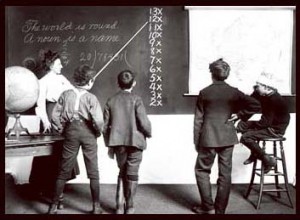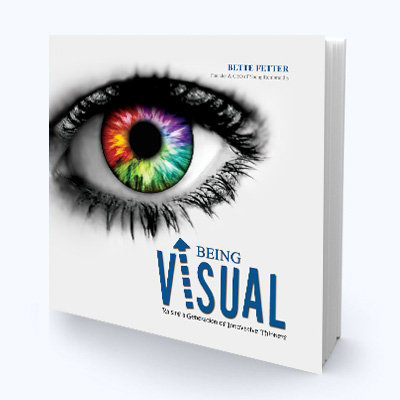What No One Tells You About Your Child’s Future
 What’s it going to take to keep our future generation in the game? Current employers aren’t seeking out industry knowledge or a high GPA as much as they used to. In the 21st century, the importance lies with being an independent multi-tasker who can think on her feet, deal with change, and devise multiple solutions to a problem that hasn’t yet happened.
What’s it going to take to keep our future generation in the game? Current employers aren’t seeking out industry knowledge or a high GPA as much as they used to. In the 21st century, the importance lies with being an independent multi-tasker who can think on her feet, deal with change, and devise multiple solutions to a problem that hasn’t yet happened.
Although our current workforce is finding out the hard way that this is what it takes to stay afloat, what is our education system doing to accommodate for this change? Are we teaching the skills students will need to compete in the 21st century?
Authors, experts, policy makers and business leaders say no. Authorities from Howard Gardner to Daniel Pink and Alan Greenspan to Bill Gates claim that there are big problems not only with what we’re teaching in the classroom, but how we’re teaching, how we measure learning, how learning is transferred and applied, and most significantly our ability to compete as a nation.
So what’s the problem exactly? General consensus is that there is too much focus on academic (easily measurable) “hard” skills, and not enough focus on the (NOT easily measurable) “soft” skills that are useful in our modern workforce.
Some of the country’s pioneers in education reform agree and are taking state-wide initiatives to implement change. The Partnership on 21st Century Skills (or P21) identifies a spectrum of skills and abilities ranging from critical thinking to creativity, and innovation to technical literacy as needed to be successful in today’s workforce.
Specifically, the organization cites these specific skills as those necessary to “increase [a student’s] marketability, employability, and readiness for citizenship”…
- · Thinking critically and making judgments
- · Solving Complex, multi-disciplinary, open-ended problems
- · Creativity and entrepreneurial thinking
- · Communicating and collaborating
- · Making innovative use of knowledge, information and opportunities
- · Taking charge of financial, health and civic responsibilities

Find out how…
• To use pictures to improve grades
• To apply visual methods for students with ADD, dyslexia and autism
• Why drawing, doodling and imagery improves learning
• How art improves education outcomes










